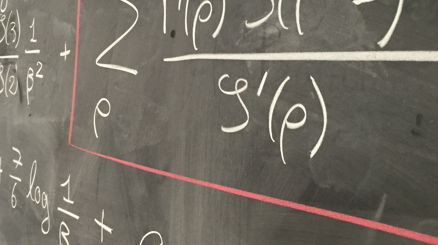Marcela Szopos, MAP5
Mathematical and computational modeling of ocular flows
The aim of this talk is to present our continuous efforts from a modeling and numerical viewpoint to develop a powerful and flexible mathematical and computational framework, called the Ocular Mathematical Virtual Simulator [1]. The combined effects of ocular blood flow and different ocular tissues are described by a coupled hemodynamics and biomechanics model. The multi-scale aspect, essential to properly account for systemic effects of the blood circulation coupled with local effects on the tissues of interest, is represented by a coupled partial and ordinary differential equations for the fluid flow. The PDE/ODE coupling is handled via (i) a partitioned approach for the time discretization, which provides modularity of the solution algorithm while preserving the physical energy at the discrete level; and (ii) the Hybridizable Discontinuous Galerkin (HDG) method for the PDE discretization, which ensures conservation of fluxes of mass and linear momentum at the discrete level. Particular attention is paid to the issues of verification, validation and treatment of inherent uncertainties [2]. Finally, we discuss some specific applications related to glaucoma, a leading cause of irreversible blindness worldwide, for which there is currently no cure and for which existing treatments focus on managing the condition and slowing its progression [3].
[1] L. Sala, C. Prud’homme, G. Guidoboni, M. Szopos, A. Harris. The ocular mathematical virtual simulator: A validated multiscale model for hemodynamics and biomechanics in the human eye, Int. J. Numer. Meth. Biomed. Engng. (2023).
[2] L. Sala, C. Prud’homme, M. Szopos. Uncertainty propagation and sensitivity analysis: results from the Ocular Mathematical Virtual Simulator, Mathematical Biosciences and Engineering (2021).
[3] L. Sala, C. Prud’homme, M. Szopos, G. Guidoboni, A. Harris. Mathematical assessment of the role of three factors entangled in the development of glaucoma by means of the Ocular Mathematical Virtual Simulator, LNCS (2021).



